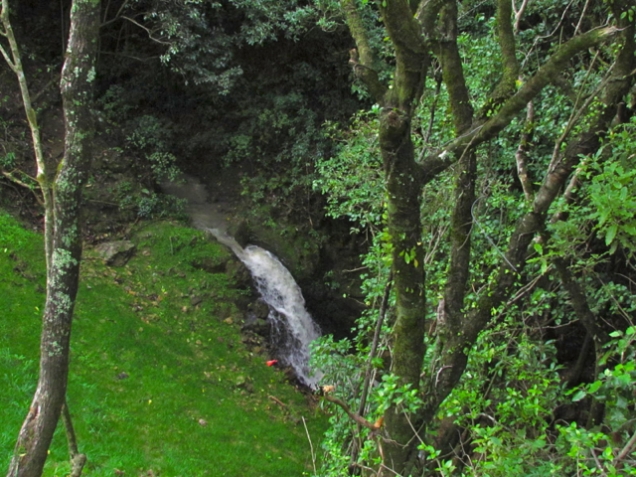
While researching the clues for a cache at Pohangina wetlands the other day, I stumbled across this not-so-fun fact: scientists estimate that more than 98 of percent of kahikatea forest, which grew in lowland, swampier areas, has been lost nationwide since European colonisation of New Zealand. In the Manawatu region, where wetlands once covered much of the river plains extending from Palmerston North out to the coast, more than 90 per cent of wetlands have been lost. This is a tragic legacy of European settlement, but also makes the Pohangina Wetlands all the more special. Continue reading





 The fourth cache in the now “Wildly-Famous-in-Pohangina” Wildbore geocaching series is at the top of Church Hill, near the site of the eponymous church.
The fourth cache in the now “Wildly-Famous-in-Pohangina” Wildbore geocaching series is at the top of Church Hill, near the site of the eponymous church.



